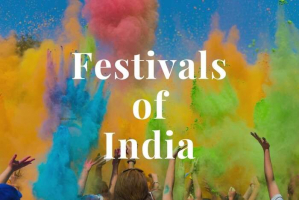Top 10 Most Popular Types of Tourism
Tourism has undergone significant changes over the years and is now one of the most specialized and diversified industries. The tourist business, like many ... read more...other service industries, is now greatly impacted by customisation and specialization. As it did several decades ago, tourism no longer relates to the general concept of touring and traveling. The growth and development of the tourist sector as a whole have been influenced by a number of factors. There are several types of tourism today. Let's find out the Most Popular Types of Tourism below!
-
The most frequently discussed tourism category among Twitter influencers and Redditors is virtual tourism. The topic of virtual tourism was discussed in relation to how different technology-enabled methods, such as 360-degree photos, virtual reality (VR), augmented reality (AR), a video tour, and Google Arts, have given visitors a new experience.
A virtual tour is a recreation of a real place and is typically made out of a series of films or still photos. Other multimedia components like sound effects, music, narration, and text may also be used. It differs from using live television to influence teletourism. The majority of influencers had favorable opinions of virtual tourism because it offered a different way for the travel industry to revive interest in tourists during the COVID-19 pandemic, in which social estrangement became the new normal.

via: Cvent 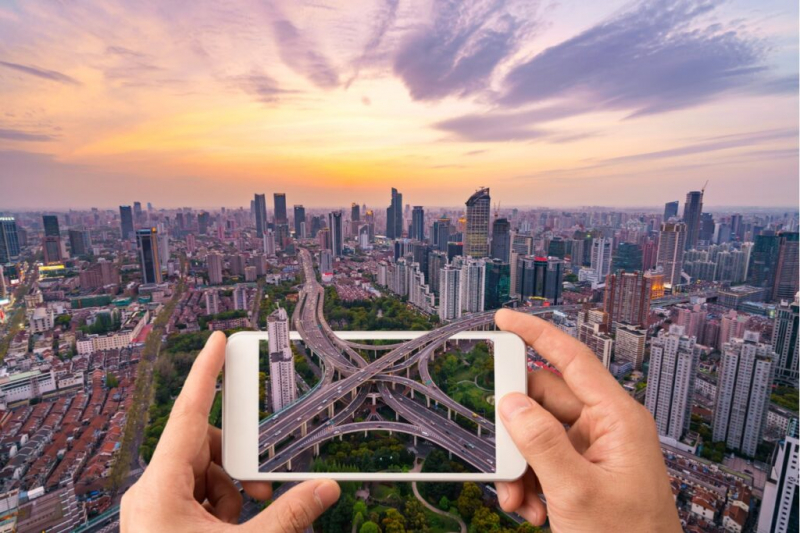
via: Cvent -
The next most talked-about tourist category, according to GlobalData's Social Media Analytics Platform, is space tourism. Human space travel for leisure is known as space tourism. Space tourism comes in a variety of forms, including orbital, suborbital, and lunar space tourism.
Seven space tourists completed eight space missions to the International Space Station between 2001 and 2009 on a Russian Soyuz spacecraft, which Space Adventures coordinated with Roscosmos and RSC Energia. The advertised cost per journey was in the neighborhood of $20–25 million USD. Some space travelers have agreements in place with other parties to carry out specific research tasks while in orbit. One of the early businesses that would be expected to develop for commercial spaceflight is anticipated to be space tourism.

via: CXO Content 
via: CXO Content -
Adventure tourism is a specific sort of tourism that involves physical exertion and exploration that may involve some level of risk (either actual or perceived). The Adventure Travel Trade Association in the United States defines adventure travel as any tourist activity that incorporates physical exertion, a cultural experience, and a connection to the natural world.
Adventure travelers may be motivated to experience rush or flow mental states as a result of stepping beyond of their comfort zones. This could result from going through culture shock or from doing things that take a lot of work and put you in danger of getting hurt. Mountaineering, trekking, bungee jumping, mountain biking, cycling, canoeing, scuba diving, rafting, kayaking, zip-lining, paragliding, hiking, exploring, canyoneering, sandboarding, caving, and rock climbing are a few examples of such activities. Ghetto tourism and disaster tourism are two uncommon types of adventure travel. Social and jungle tourism are two additional emerging categories of adventure travel.
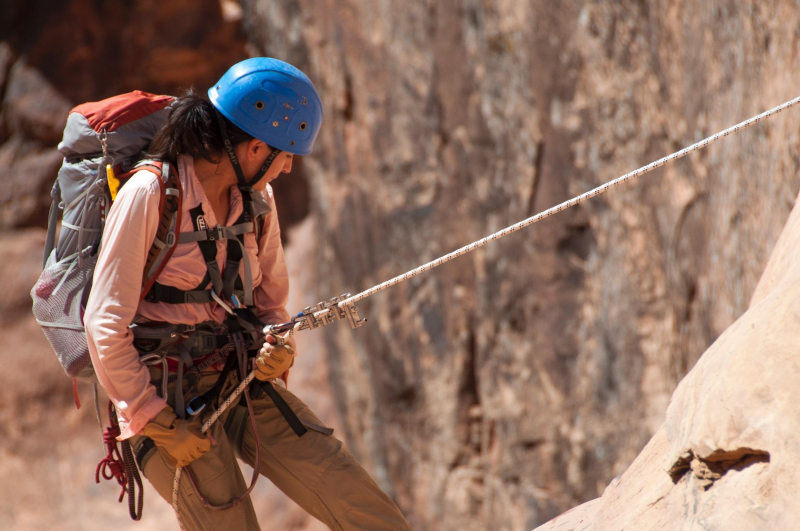
via: ENI CBC Med 
via: ENI CBC Med -
The study of food as a travel destination is known as food tourism. It is regarded as an essential part of the vacation experience. Tourists frequently eat out, and they "think that cuisine ranks alongside climate, lodging, and landscape" in terms of importance.
The search for exceptional and memorable local and international dining and drinking experiences is known as food tourism. Gourmet cuisine is only one aspect of culinary/food tourism. It is possible to classify food tourism as a subset of experiential travel. Culinary tourism is not restricted by food culture, despite the fact that many cities, regions, or nations are famous for their cuisine. Due to the average three meals per day that tourists consume, food is one of the main economic factors influencing travel. Take culinary courses, go on food or drink tours, attend food and beverage festivals, partake in specialized dining, shop at specialist stores, and visit farms, markets, and producers, among other food-related activities.
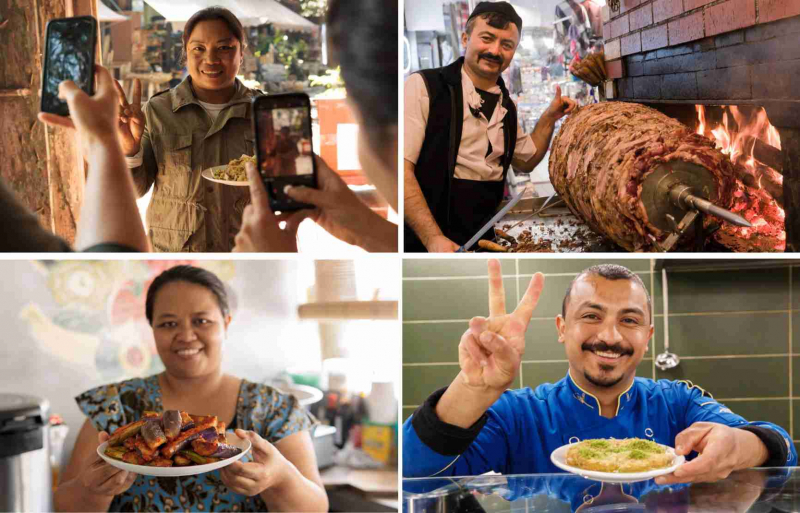
via: a food travel agency 
via: a food travel agency -
Wine tourism is defined as travel whose objective is or includes drinking, buying, or tasting wine—often at or close to the source. While other forms of travel are frequently passive, enotourism can include going to wineries, tasting wines, taking vineyard tours, or even helping with the harvest.
The standard itinerary for visitors includes learning about the vineyard's history, touring the winery, and tasting the wines. Some wineries also allow guests to stay in a tiny guest house on the premises. Up to 33% of the winery's annual sales come from visitors who purchase their wines there. Vertical and horizontal tastings, as well as meals designed specifically to highlight the wines, are examples of more sophisticated tastings. As the ecotourism sector develops, other activities have been added to visits, such as riding "burricleta", electrically assisted bicycles.

via: Wine Enthusiast Magazine 
via: Wine Enthusiast Magazine -
Domestic travel only takes place within one country and is referred to as domestic tourism. Such a trip is referred to as a domestic vacation (British: domestic holiday or holiday at home). Domestic tourism contributes significantly to the overall tourism industry in big nations like China, India, Russia, Brazil, Canada, Australia, and the United States that have a low proficiency in foreign languages.
Although this should not be mistaken with the idea of a vacation in which one remains overnight at their own house, this may also be referred to as a staycation in British English, a combination of the words "stay" and "holiday". When the British media reported on the surge in domestic tourism during the Great Recession, when the weak pound made traveling abroad more expensive, the term "staycation" was first used to describe a home vacation in the late 2000s.
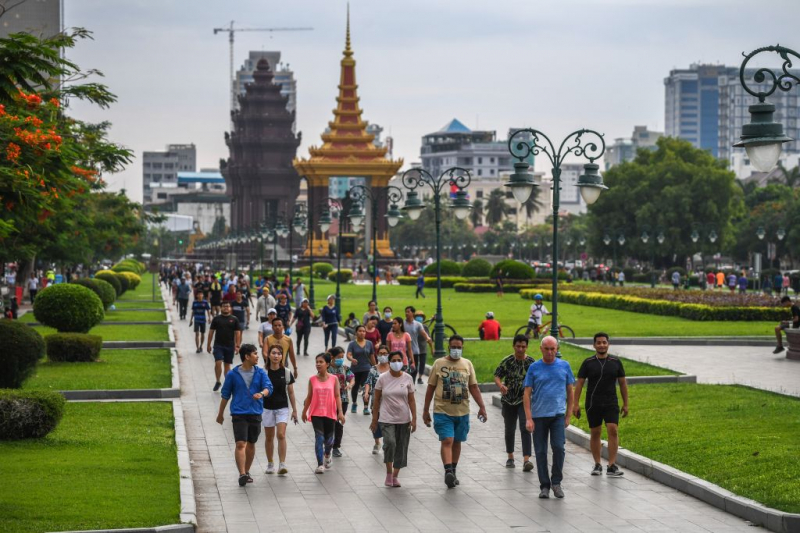
via: NammaKPSC 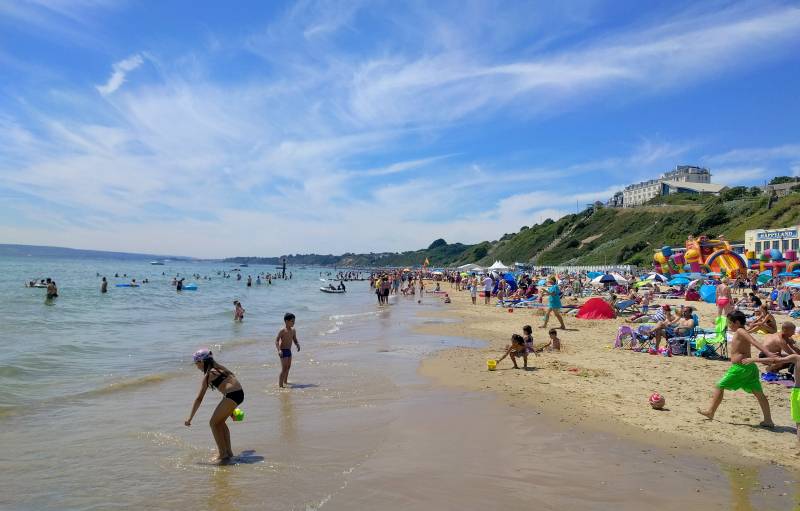
via: Wikipedia -
Cross-border travel and tourism are referred to as international travel. Due to globalization, tourism is becoming a well-liked pastime worldwide. Tourists are persons who "travel to and remain in places outside their typical surroundings for not more than one consecutive year for leisure, business, and other objectives", according to the World Tourism Organization. According to the World Health Organization (WHO), there may be up to 500,000 passengers traveling at once.
International tourism has significant negative effects on the environment, which are made worse in part by the issues brought on by air travel as well as other problems, such as wealthy visitors who bring lifestyles that put a strain on local infrastructure, such as water and waste systems, among other things. The World Tourism Organization reports that international tourism receipts were US$1.7 trillion in 2018, an increase in real terms of 4% over 2017. In 2019, there were 1.460 billion international tourist arrivals worldwide, with a growth of 3.7% as compared to 2018.
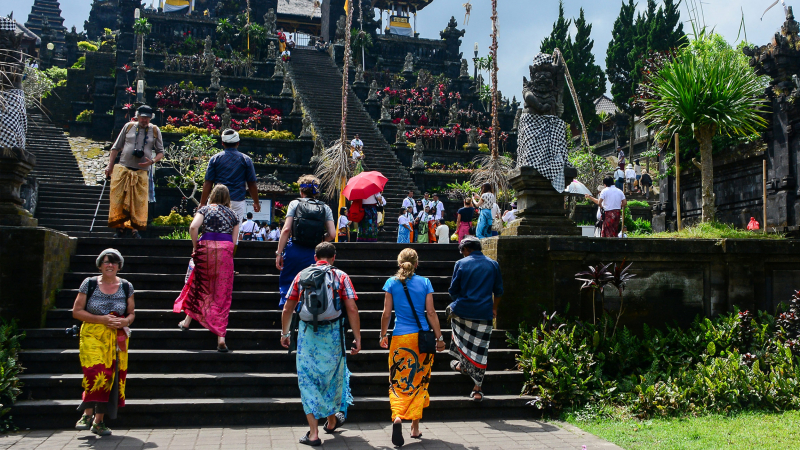
via: CGTN 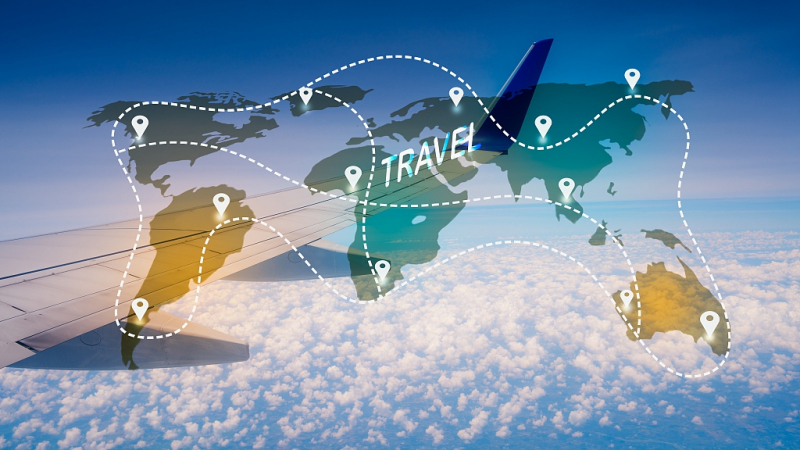
via: CGTN -
Business travel and tourism are more constrained and targeted subsets of general tourism. While engaged in business tourism, people continue to work and receive compensation while they are away from both their place of employment and their place of residence. Meetings, attending conferences and fairs, and other business-related travel activities are common. Even if the phrase "business tourism" refers to such travel, it is nevertheless considered such travel when representatives of governmental or nonprofit organizations partake in comparable activities (travel).
There are primary and secondary activities in business tourism. The majority of them are tied to business (work), and they include things like consulting, inspections, and attending meetings. Secondary ones pertain to tourism (leisure) and include things like going out to eat, having fun, shopping, seeing the sites, getting together with friends for leisure activities, and so forth. Even though the primary ones are frequently considered to be more significant, the secondary ones are frequently referred to be "substantial". Individual and small-group travel as well as meetings such as conventions, conferences, trade shows, and exhibitions are all examples of business tourism. In the US, attending a sizable meeting of some kind accounts for nearly half of business travel. Most tourist facilities, such as airports, restaurants and hotels, are shared between leisure and business tourists, through a seasonal difference is often apparent (for example, business tourism may use those facilities during times less attractive for leisure tourists, such as when the weather conditions are less attractive).
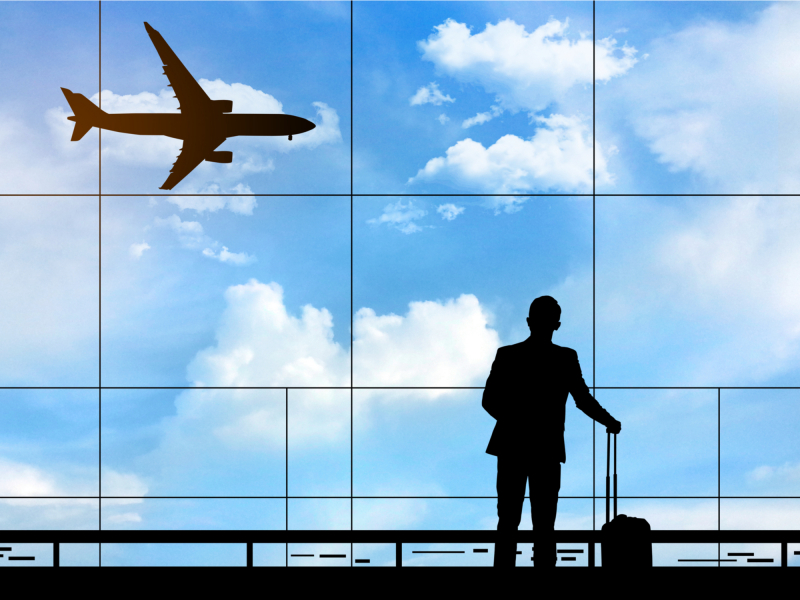
via: Travel Daily 
via: Travel Daily -
Wildlife tourism is a component of the travel business in many countries that focuses on observing and engaging with native animals and plants in their natural environments. Safari hunting and other high-intervention activities are included in wildlife tourism, along with eco- and animal-friendly travel. In its most basic form, wildlife tourism refers to engaging actively (such as by hunting or collecting) or passively (such as through observation and photography) with wild creatures in their natural habitat. Numerous nations in Africa and South America, as well as Australia, India, Canada, Indonesia, Bangladesh, Malaysia, Sri Lanka, It has experienced a dramatic and rapid growth in recent years worldwide and many elements are closely aligned to eco-tourism and sustainable tourism.and the Maldives, among others, have significant wildlife tourism sectors.
According to the United Nations World Tourism Organization, wildlife tourism accounts for 7% of the global tourism market, with an annual growth rate of roughly 3%. Additionally, they predict that increase will be much more pronounced in areas like UNESCO World Heritage Sites. Wildlife tourism currently supports more than 120 billion dollars in global GDP and directly or indirectly employs 22 million people worldwide. Wildlife tourism, a multibillion dollar global industry, is frequently characterized by the provision of personalized tour packages and safaris to enable up-close encounters with wildlife.
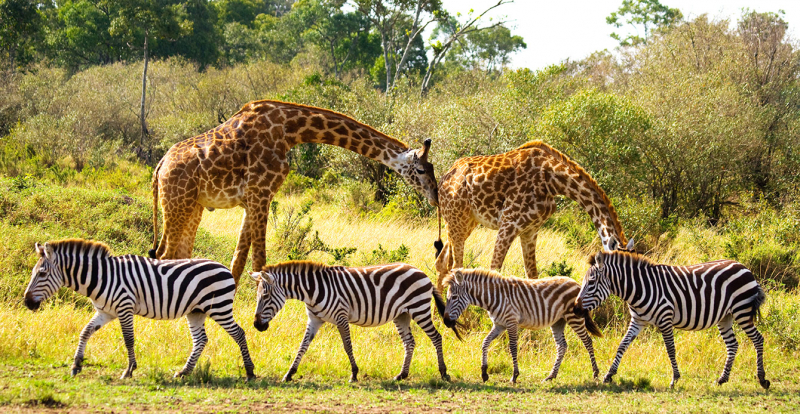
via: UNWTO 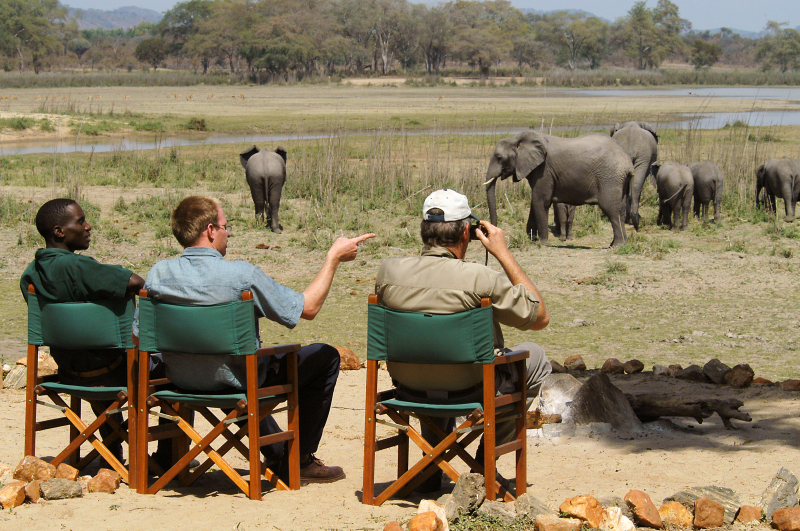
via: UNWTO -
People who travel overseas for medical treatment are said to engage in medical tourism. Historically, this referred to those seeking care that was not available to them at home and who traveled from less developed nations to major medical centers in developed nations. However, in recent years, it may also be used to describe people from affluent nations that visit developing nations for less expensive medical care. There are many medical agencies around the world that decide whether or not a drug is allowed in their nation (FDA, EMA, etc.). Therefore, the motive could also be due to medical treatments that are unavailable or not licensed in the home country. Even within Europe, although therapy protocols might be approved by the European Medical Agency (EMA), several countries have their own review organizations in order to evaluate whether the same therapy protocol would be "cost-effective", so that patients face differences in the therapy protocols, particularly in the access of these drugs, which might be partially explained by the financial strength of the particular Health System.
Although people also travel for dental tourism and reproductive tourism, surgeries (cosmetic or otherwise) and comparable treatments account for the majority of medical tourism. People with rare diseases may visit nations where the medical care is more known. However, practically all forms of healthcare, including as psychiatry, complementary medicine, convalescent care, and even funeral services, are accessible. A more general word for travel that emphasizes medical procedures and the usage of healthcare services is "health tourism". It encompasses a broad spectrum of medical tourism, from preventive and health-promoting treatments to restorative and curative travel.
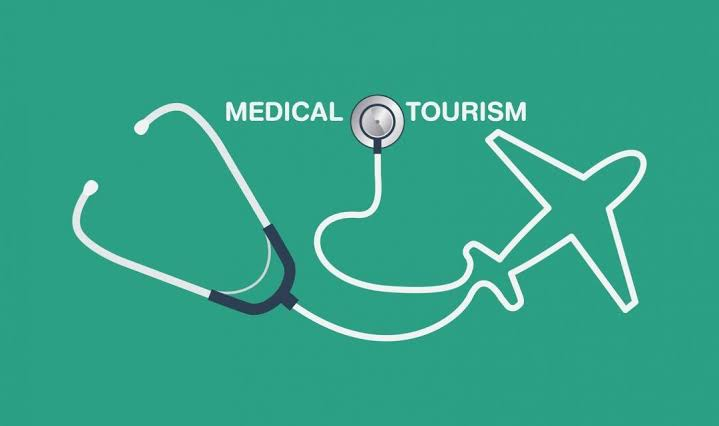
via: Parens fertility 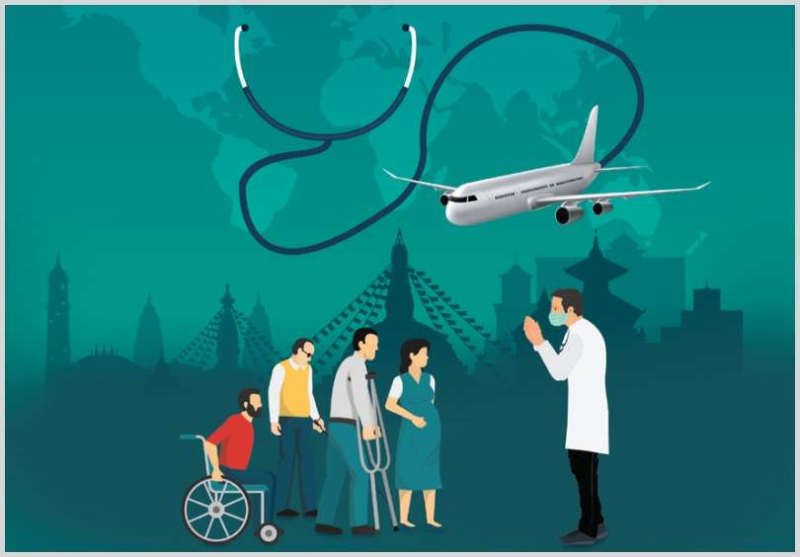
via: Parens fertility























